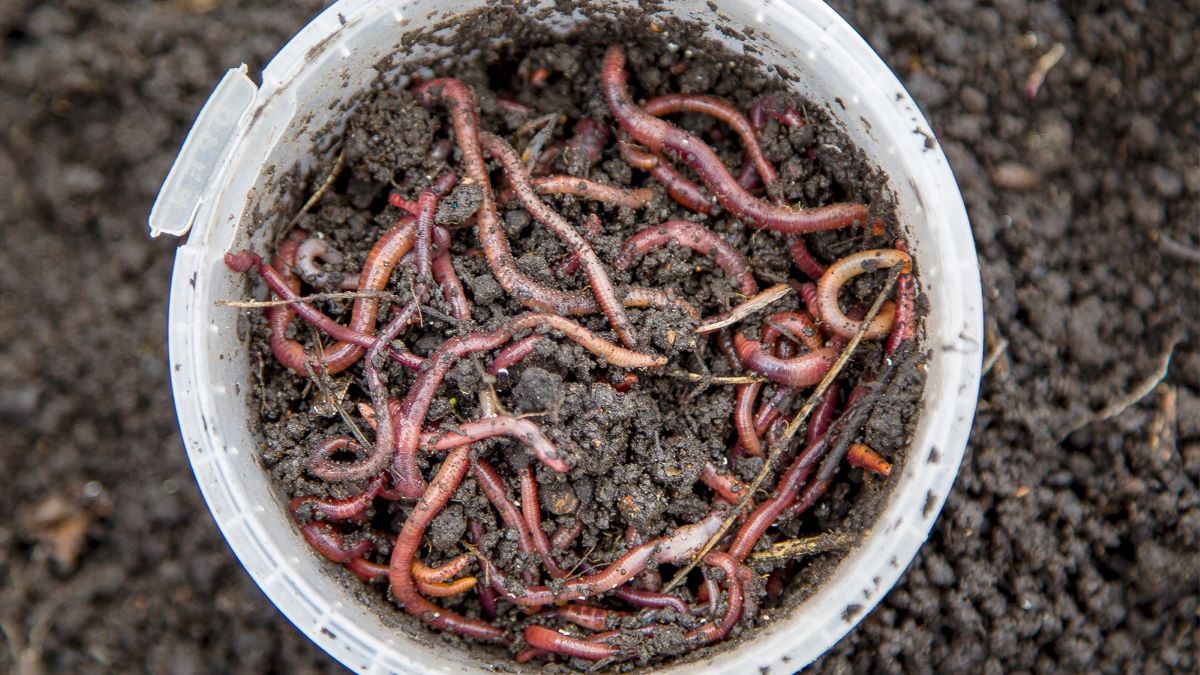

Articles
How To Store Fishing Worms
Modified: January 19, 2024
Discover the best ways to store fishing worms and keep them fresh with these helpful articles. Find expert tips and techniques for maintaining worm quality and longevity.
(Many of the links in this article redirect to a specific reviewed product. Your purchase of these products through affiliate links helps to generate commission for Storables.com, at no extra cost. Learn more)
Introduction
Welcome to the world of fishing! Whether you are an avid angler or a weekend warrior, you know that having the right bait is critical to attracting and catching fish. And when it comes to bait, fishing worms are a timeless and effective choice. But how do you ensure that your fishing worms stay fresh and lively? In this article, we will guide you through the process of storing fishing worms properly, so you can always have a ready supply of bait for your next fishing adventure.
Storing fishing worms may seem like a straightforward task, but there are a few key factors to consider. The right container, proper preparation, and creating the ideal environment are all crucial to keeping your fishing worms healthy and lively. Additionally, understanding how to maintain the worms and when to harvest them will ensure that you always have a steady supply of bait.
So, whether you are planning a day of fishing on the nearby lake or heading out to your favorite fishing spot, let’s dive into the world of storing fishing worms and discover the best practices to keep them fresh and vibrant.
Key Takeaways:
- Properly storing fishing worms involves choosing the right container, preparing it with suitable bedding, and maintaining the ideal environment with proper temperature, moisture, and ventilation. Regular maintenance and thoughtful harvesting ensure a continuous supply of healthy bait.
- When using fishing worms as bait, handle them with care, experiment with different baiting techniques, and ensure their well-being even after they have been used. Thoughtful harvesting and responsible usage maximize their effectiveness while maintaining their vitality.
Read more: How To Store Worms For Fishing
Choosing the Right Container
When it comes to storing fishing worms, choosing the right container is crucial to maintaining their health and vitality. The ideal container will provide a comfortable and controlled environment for the worms to thrive.
One of the most popular containers for storing fishing worms is the classic bait box. These boxes are specifically designed to keep worms fresh and prevent them from escaping. Look for a bait box that is made of durable and non-toxic materials such as plastic or metal. The box should have a tight-fitting lid to prevent any odors or moisture from escaping.
Another option is using a plastic container with a lid or even a glass jar with small holes punched into the lid for ventilation. It is important to choose a container that allows for proper air circulation to prevent oxygen depletion and the buildup of harmful gases.
When selecting a container, consider the size of the fishing worms you are storing. If you have larger worms, you may need a container with deeper compartments to accommodate their length. On the other hand, smaller worms may require a shallower container to prevent them from getting lost or tangled.
It is worth noting that some anglers prefer to store their fishing worms in soil or bedding material rather than a traditional container. This method can be effective as long as the soil or bedding is breathable and provides the necessary moisture for the worms.
Ultimately, the key is to choose a container that is secure, breathable, and easily transportable. The right container sets the foundation for properly storing fishing worms and ensures their longevity.
Preparing the Container
Once you have chosen the proper container for storing your fishing worms, it is essential to prepare it before adding the worms. Taking the time to properly prepare the container will create a clean and safe environment for your worms to thrive.
First, clean the container thoroughly to remove any dirt, debris, or residue from previous uses. Use mild soap and water to wash the container, making sure to rinse it thoroughly to remove any soapy residue. Avoid using harsh chemicals or cleaning agents that could be harmful to the worms.
After cleaning, it is important to dry the container completely. Excess moisture can promote the growth of harmful bacteria or mold, which can negatively impact the health of your fishing worms. Allow the container to air dry or use a clean, absorbent cloth to remove any remaining moisture.
Next, add a suitable bedding material to the container. This provides the worms with a comfortable and nutritious environment. One popular bedding option is a mixture of shredded newspaper, peat moss, and a small amount of sand. This combination provides moisture retention, aeration, and a food source for the worms.
Fill the container with the bedding material, leaving enough space for the worms to move around comfortably. The bedding should be damp, but not overly wet. Squeeze a handful of the material to check for the right moisture level – it should hold its shape without dripping excessive water.
Before introducing the worms, allow the bedding material to settle for a few hours. This will ensure that the moisture is evenly distributed throughout the container. If the bedding becomes too dry, mist it lightly with water until it reaches the desired moisture level.
Once the container is prepared, it is ready to be populated with the fishing worms. Carefully place the worms on the surface of the bedding, allowing them to burrow and move freely. Avoid overcrowding the container, as this can cause stress and lead to unhealthy conditions.
By preparing the container properly, you are setting the stage for a healthy and optimal environment for your fishing worms. The next step is to create the ideal environment to ensure their overall well-being.
Creating the Ideal Environment
Creating the ideal environment for your fishing worms is essential for their well-being and longevity. By providing the right conditions, you can ensure that your worms remain healthy, active, and ready to attract the attention of fish.
Temperature plays a crucial role in maintaining the vitality of fishing worms. The optimal temperature range for most common fishing worms is between 55°F and 70°F (12°C – 21°C). Extreme temperatures can stress or even kill the worms, so it’s important to keep them within this range. If your storage area is too warm, consider placing the container in a cool spot or using a small fan to maintain airflow.
In addition to temperature, moisture levels are vital for the survival of your fishing worms. The bedding material should be damp, but not overly wet. Moisture is necessary for the worms’ respiration and movement, as well as aiding in the breakdown of organic matter. Regularly check the bedding’s moisture level and add a small amount of water if necessary, ensuring it remains in the ideal damp state.
Proper ventilation is also crucial in maintaining the ideal environment. Fishing worms require oxygen to survive, so ensure that there is enough air circulation within the container. If using a traditional bait box with a lid, make sure to keep the lid slightly ajar to allow for adequate airflow. If using a container with holes punched into the lid, these holes should be small enough to prevent the worms from escaping while still providing sufficient ventilation.
Avoid exposing the worms to direct sunlight or intense light sources, as prolonged exposure can cause excessive heat and dehydration. Keep the container in a shaded area or cover it with a cloth or tarp to provide some protection from sunlight.
Regularly monitor the environment to ensure it remains optimal for your fishing worms. Inspect the bedding for any signs of foul odor, which can indicate decay or an unhealthy environment. Remove any dead worms promptly, as they can release toxins that can harm the remaining worms. Additionally, check for any pests or parasites that may have found their way into the container and take appropriate measures to eliminate them.
Creating the ideal environment for your fishing worms is a critical step in their care. By maintaining the proper temperature, moisture levels, and ventilation, you can ensure that your worms stay active and ready to attract the fish you’re targeting.
Store fishing worms in a breathable container with damp soil or bedding material. Keep them in a cool, dark place to maintain their freshness and vitality. Avoid direct sunlight and extreme temperatures.
Maintaining the Worms
Regular maintenance is essential to keep your fishing worms healthy and in prime condition. By following a few simple steps, you can ensure that your worms remain vibrant and lively for your next fishing adventure.
First and foremost, monitor the moisture levels in the container regularly. As mentioned earlier, the bedding material should be damp but not overly wet. If you notice the bedding becoming dry, mist it lightly with water or add a small amount of water to maintain the desired moisture level. On the other hand, if the bedding becomes too wet, consider adding some dry bedding material or removing excess moisture to prevent waterlogged conditions.
Pay attention to the worms’ feeding habits. Fishing worms consume organic matter in their environment, such as decaying plant material and microorganisms. To provide a source of food, you can add small amounts of kitchen scraps, such as fruit and vegetable peels, coffee grounds, or crushed eggshells, to the container. However, be sure to avoid adding meat, dairy, oily or spicy foods, as these can create odors and attract pests.
Regularly check the container for any signs of pests or predators. Common pests that can infest fishing worm containers include fruit flies, mites, and small beetles. If you notice any unwanted visitors, there are several methods to control them. You can manually remove them, use natural repellents like diatomaceous earth, or introduce beneficial nematodes that prey on the pests. It is important to address infestations promptly to prevent the worms from becoming stressed or harmed.
Periodically inspect the worms themselves to ensure their overall health. Healthy fishing worms should be lively, wriggling, and have a pinkish color. They should have a distinct head and tail and exhibit natural movement when touched. Any worms that appear lethargic, discolored, or exhibit abnormalities should be removed and disposed of to prevent the spread of potential diseases or parasites.
Remember to handle the worms with care when performing maintenance tasks. Avoid rough handling or excessive disturbance, as this can cause stress or injury to the worms. Use clean hands or wear gloves when handling the worms to prevent the transfer of oils, contaminants, or harmful substances.
By maintaining proper moisture levels, providing suitable food sources, and keeping an eye out for pests and the overall health of the worms, you can ensure that your fishing worms remain in optimal condition. With regular maintenance, you’ll have a continuous supply of healthy and lively bait for your fishing escapades.
Read more: How To Store Worms
Harvesting and Using the Worms
After successfully storing and maintaining your fishing worms, there will come a time when you need to harvest them for use as bait. Harvesting the worms can be done in a few simple steps to ensure their well-being and maximize their effectiveness on your fishing trips.
To harvest the worms, gently dig into the bedding material and locate the areas where the worms congregate. Carefully lift the worms out of the bedding, avoiding any excessive handling or rough treatment. It is best to use your hands or a small tool, such as a spoon or trowel, to scoop out the worms individually or in small groups.
Avoid harvesting all of the worms at once. Instead, take only what you need for your fishing trip and leave a sufficient number of worms in the container to replenish the population. This ensures that you have a continuous supply of bait and allows the remaining worms to reproduce and maintain the overall health of the colony.
If you have excess worms that you do not plan to use immediately, you can store them temporarily for future fishing trips. Place the harvested worms in a separate container with fresh bedding material and follow the same guidelines for maintaining the proper temperature, moisture, and ventilation. Check on the stored worms periodically to ensure their well-being and remove any dead worms as necessary.
When using fishing worms as bait, it is essential to handle them with care to maintain their vitality. Avoid exposing the worms to direct sunlight or excessive heat, as this can cause dehydration and reduce their effectiveness. Use a bait threader or hook to impale the worms gently, ensuring they are secured properly on the fishing line.
Experiment with different baiting techniques to determine the most effective presentation for attracting fish. You can also combine fishing worms with other bait options, such as live insects or artificial lures, to increase your chances of success. Remember to cast your line in areas where fish are likely to be present, such as near structures, vegetation, or underwater features.
After each fishing trip, remove any remaining worms from the hook and return them to their storage container. It is important to maintain their health and comfort even after they have been used as bait. Clean and dry your fishing equipment thoroughly to prevent the transfer of any potentially harmful substances to the worms during future use.
By harvesting the worms thoughtfully and using them in a responsible manner, you can make the most of their effectiveness as bait while ensuring their continued well-being.
Conclusion
Storing fishing worms properly is essential for keeping them fresh, healthy, and ready to attract fish. By choosing the right container, preparing it adequately, creating the ideal environment, and providing regular maintenance, you can ensure the longevity and vitality of your fishing worms.
Choosing a suitable container, such as a bait box or a container with ventilation holes, provides a secure and breathable space for the worms. Preparing the container involves cleaning it thoroughly, adding a suitable bedding material, and ensuring the right moisture level.
Creating the ideal environment includes maintaining the proper temperature, moisture, and ventilation. Monitoring and adjusting these factors as needed ensures that the worms remain in optimal condition and can thrive effectively.
Maintaining the worms requires regular checks for moisture levels, feeding them appropriately, and monitoring for any signs of pests or predators. By providing the right conditions and promptly addressing any issues, you can keep your worms healthy and active.
Harvesting the worms should be done carefully, taking only what is needed while leaving enough worms to replenish the population. Using the worms as bait requires handling them gently, securing them on hooks properly, and experimenting with different baiting techniques to maximize their effectiveness.
In conclusion, by following the tips and guidelines presented in this article, you can store fishing worms successfully and ensure they remain in optimal condition for your fishing adventures. Proper storage and care of fishing worms will enhance your chances of success on the water, making your fishing experiences more enjoyable and rewarding.
Frequently Asked Questions about How To Store Fishing Worms
Was this page helpful?
At Storables.com, we guarantee accurate and reliable information. Our content, validated by Expert Board Contributors, is crafted following stringent Editorial Policies. We're committed to providing you with well-researched, expert-backed insights for all your informational needs.
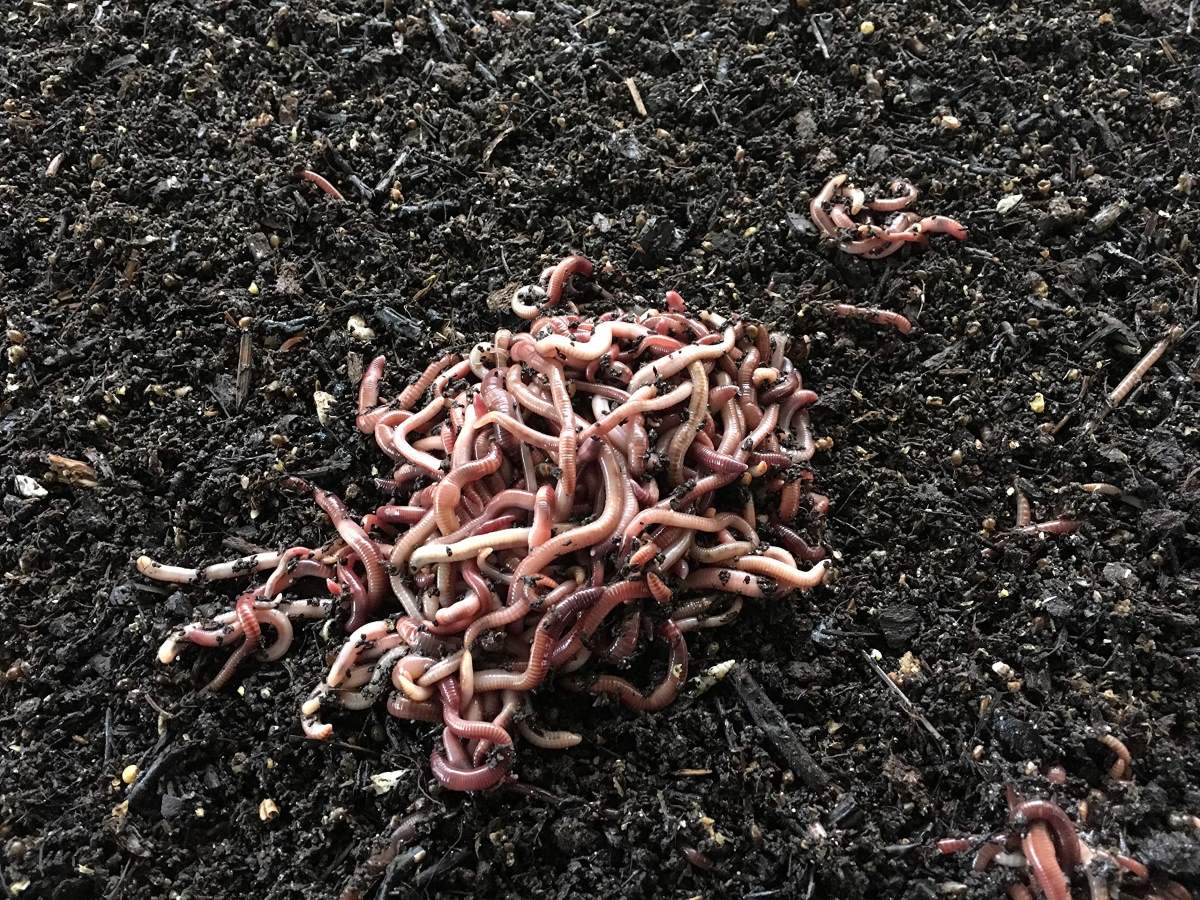
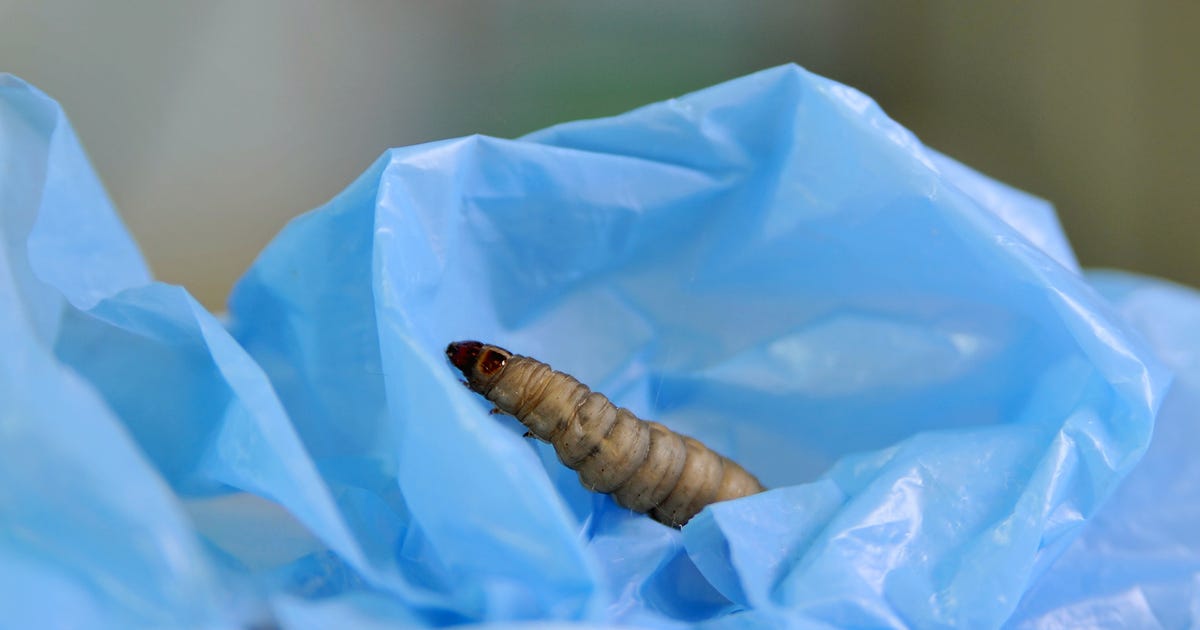
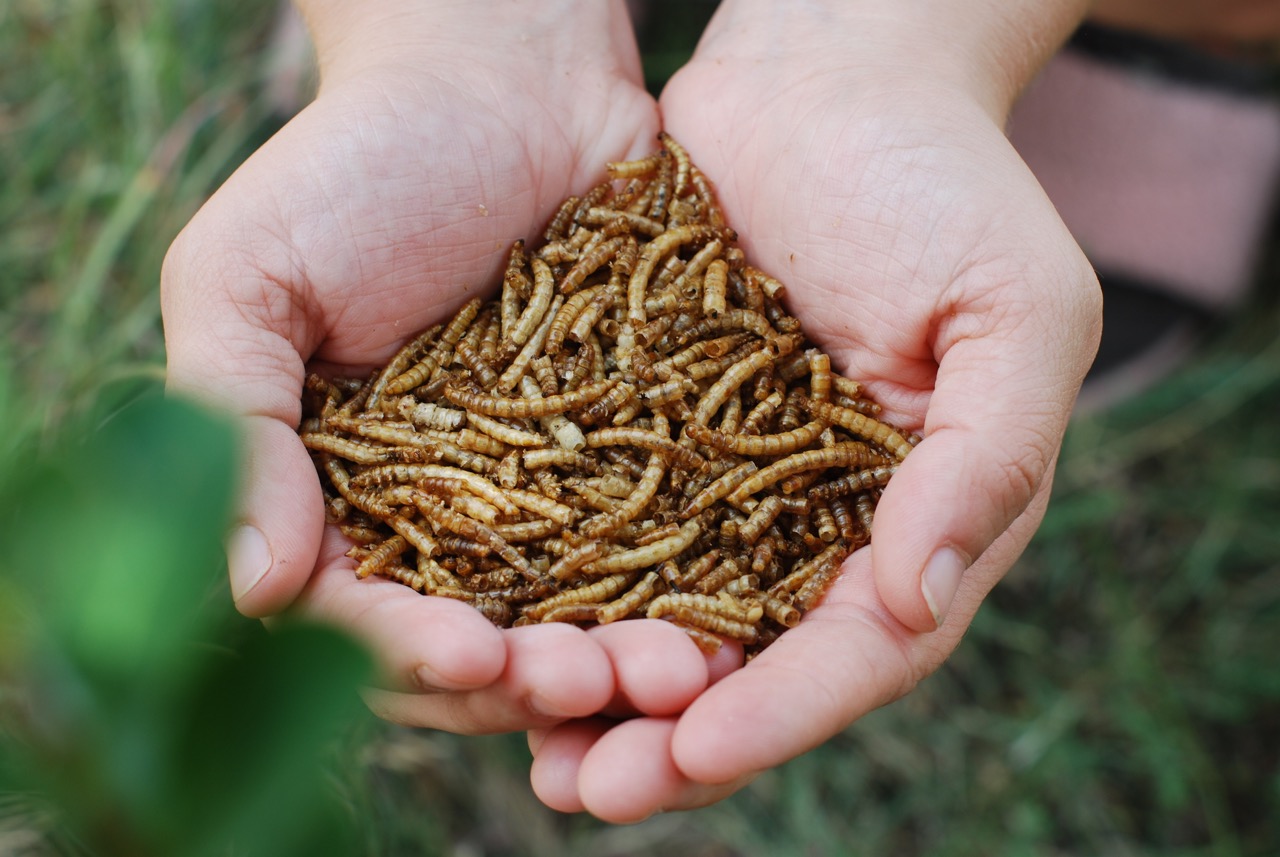
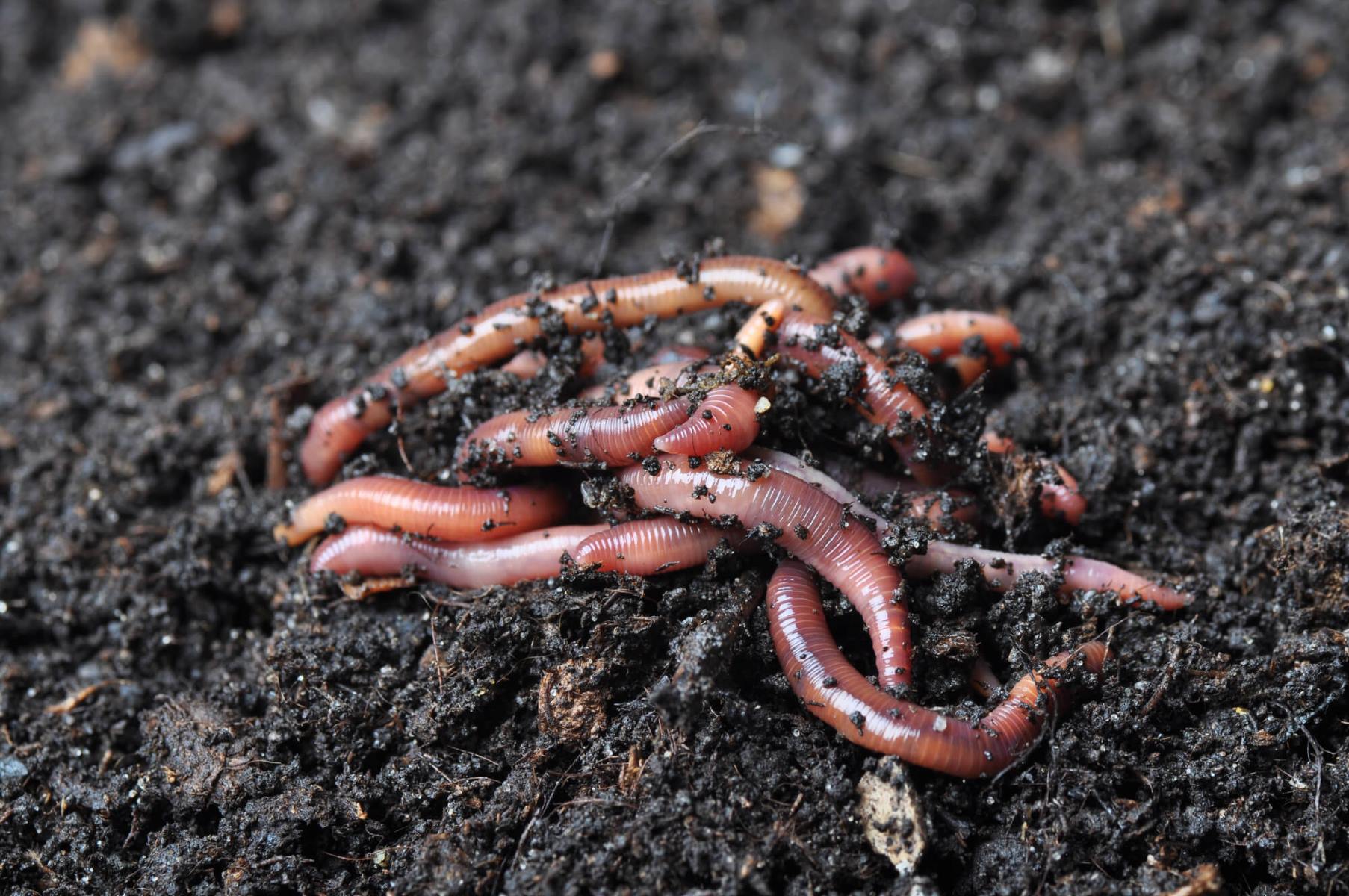
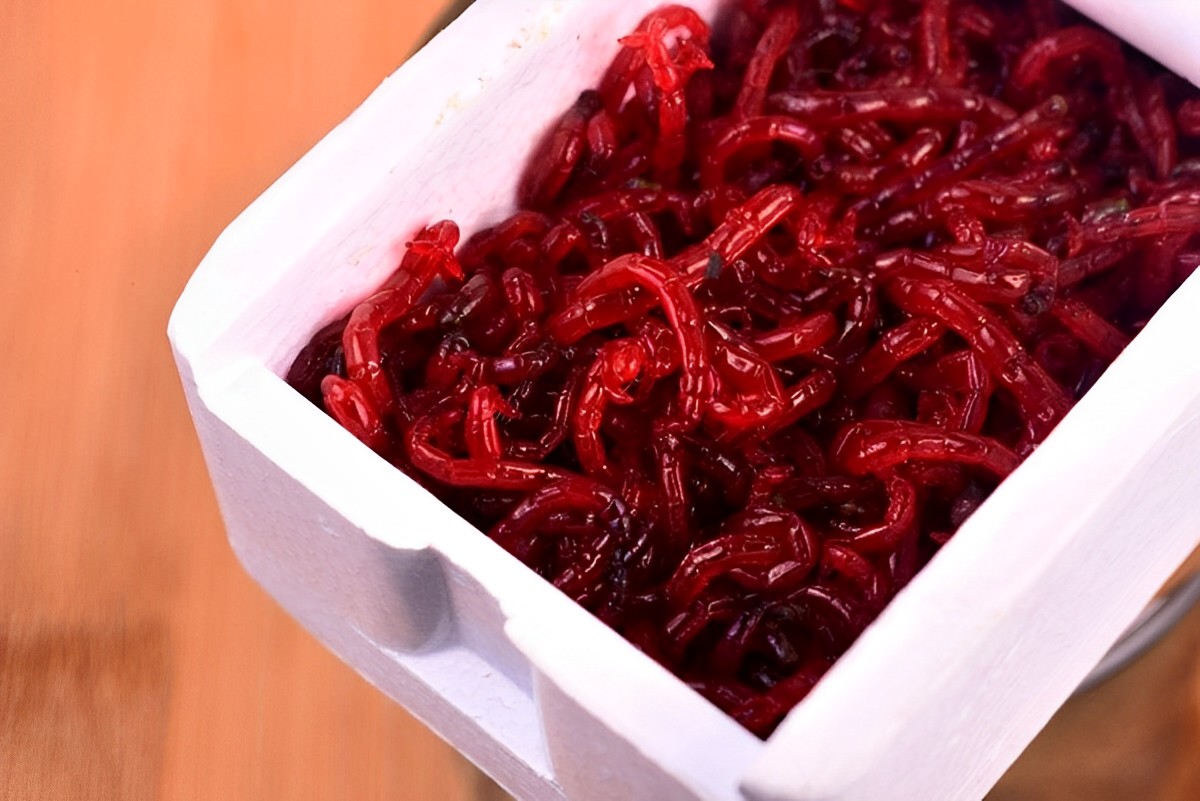
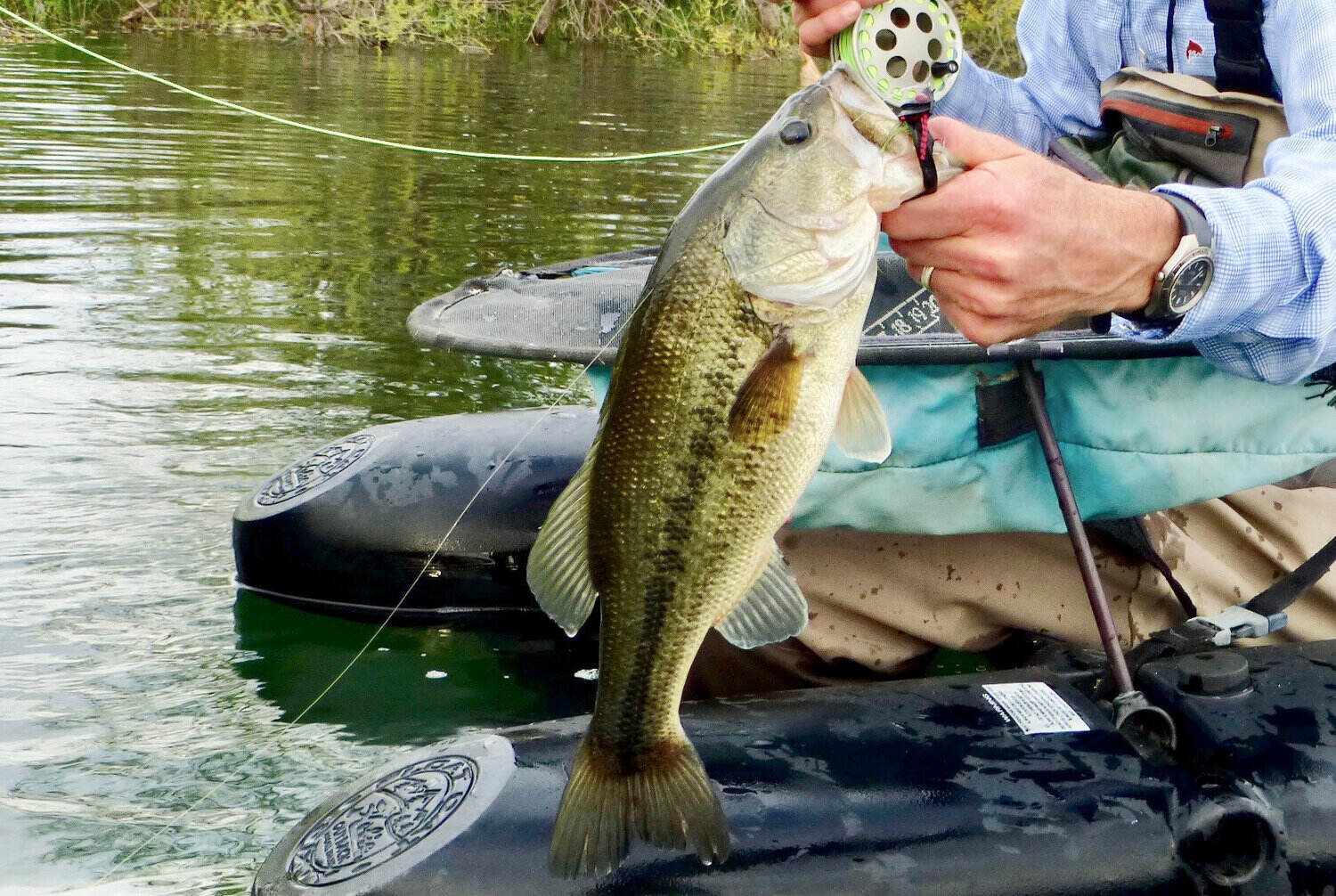
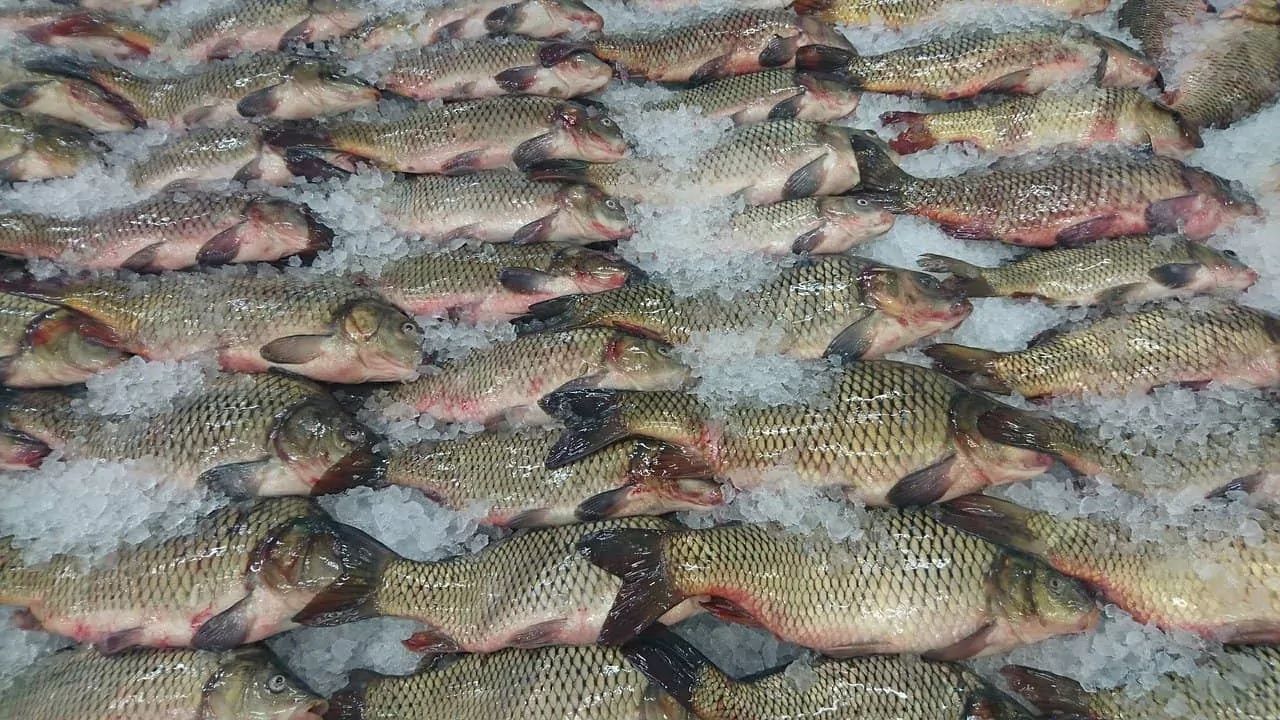
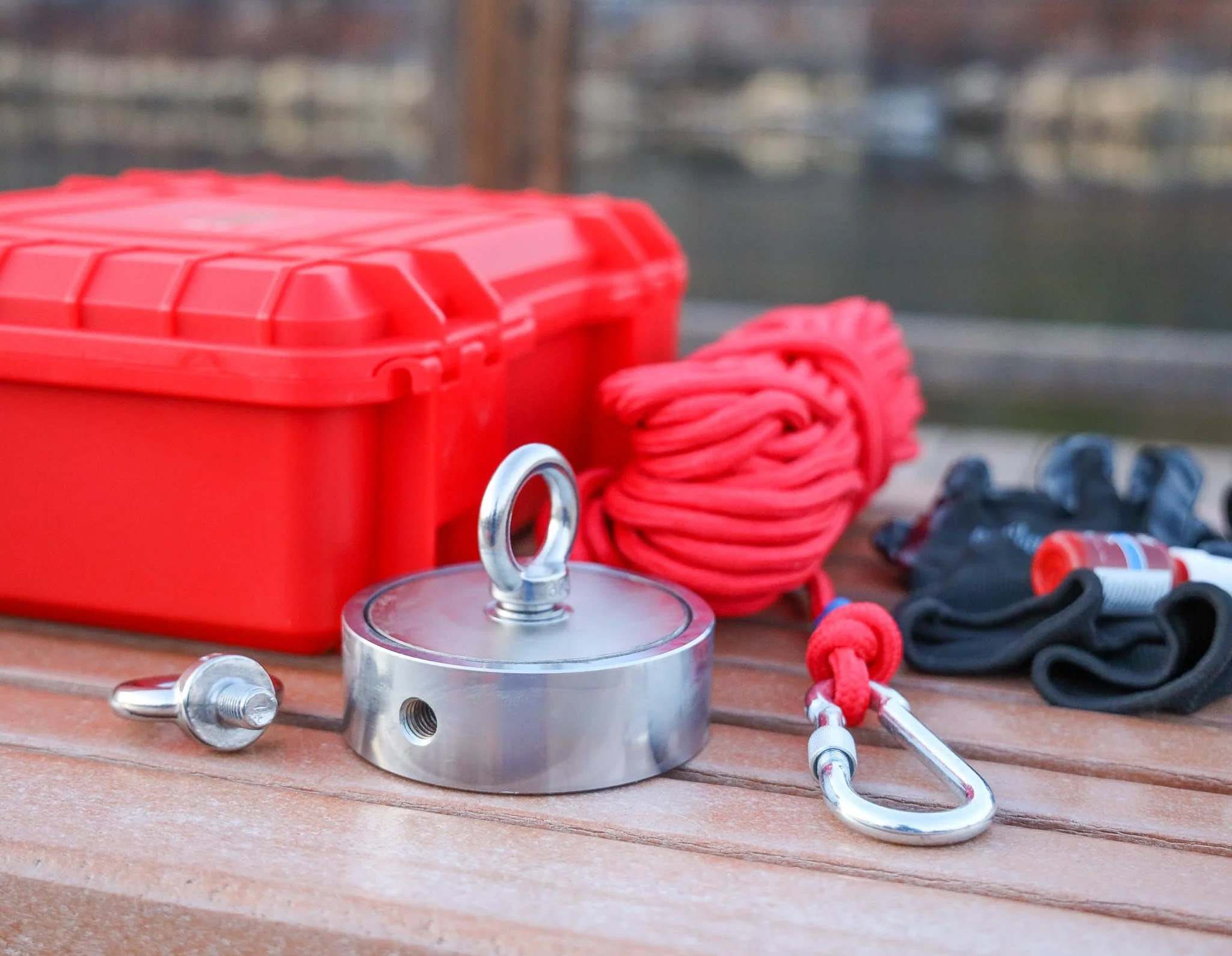

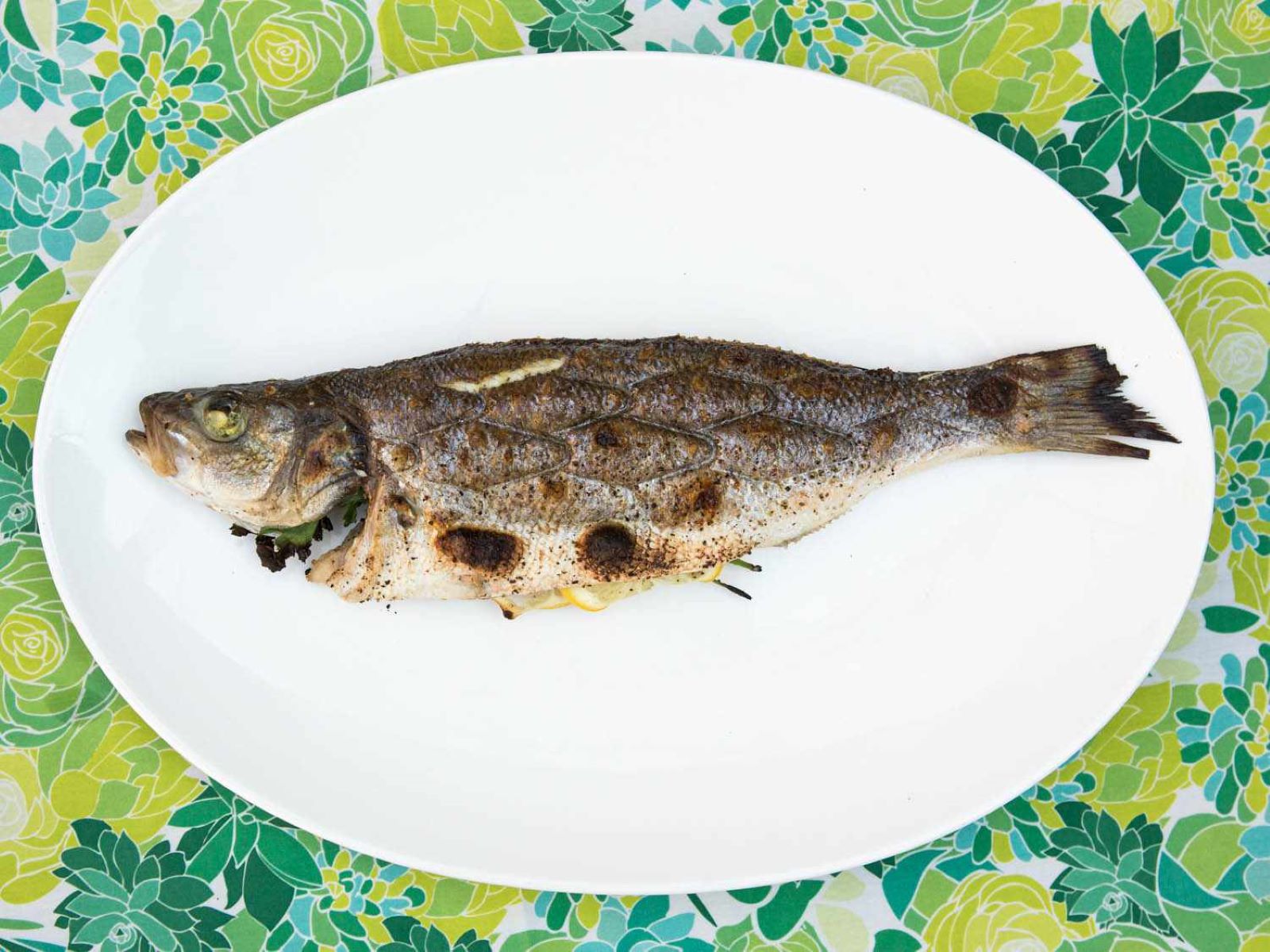

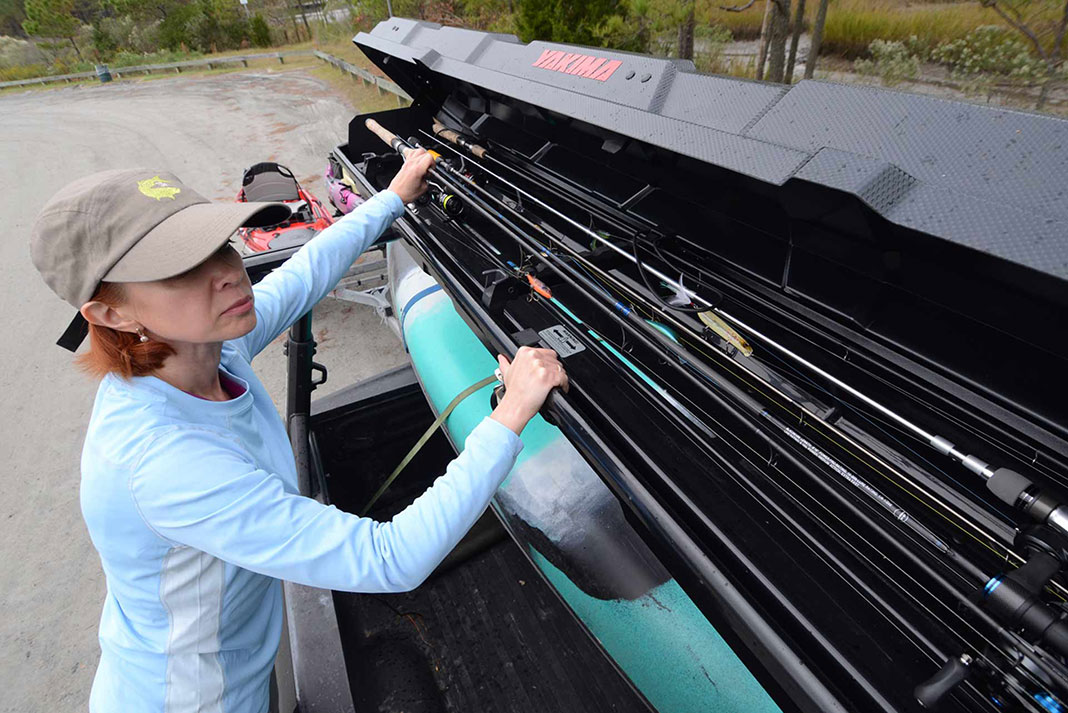
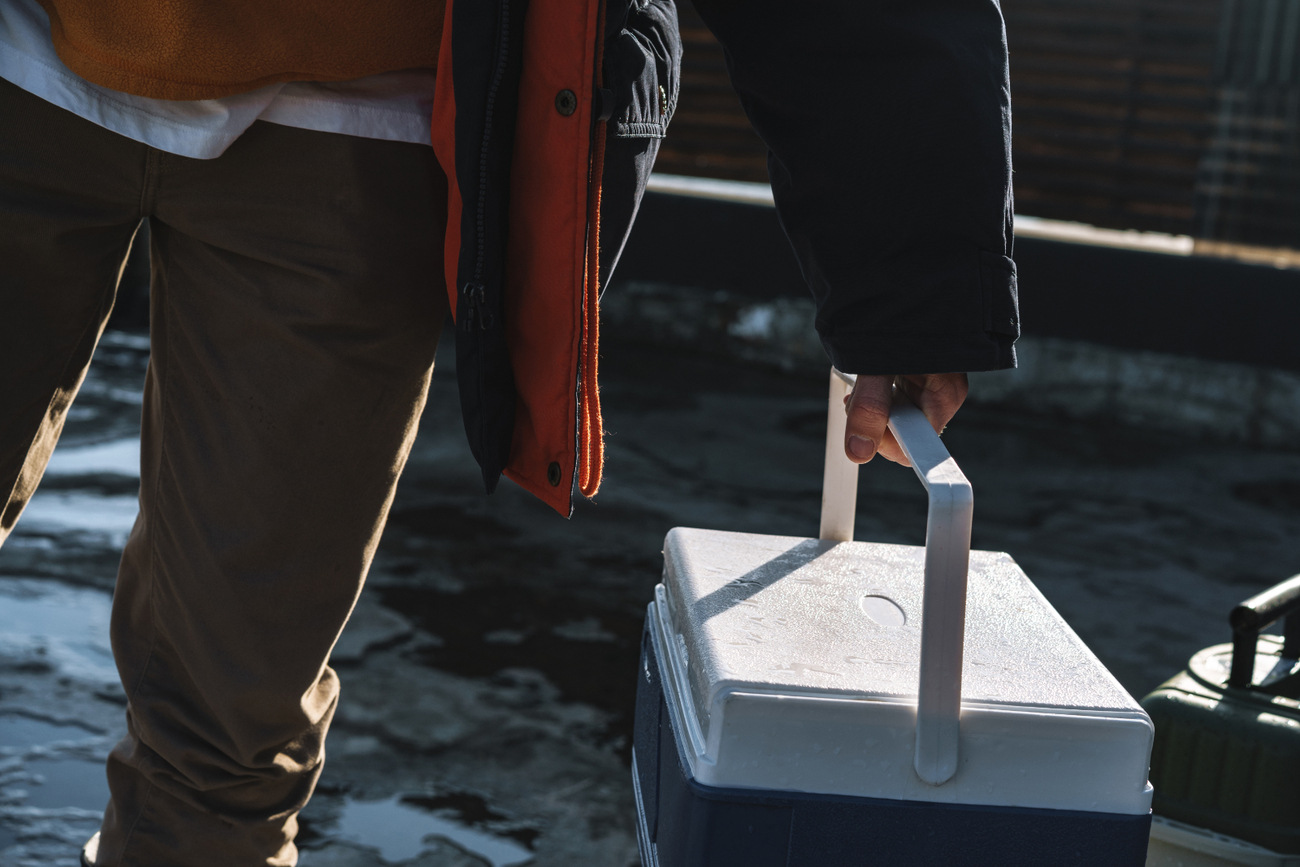


0 thoughts on “How To Store Fishing Worms”